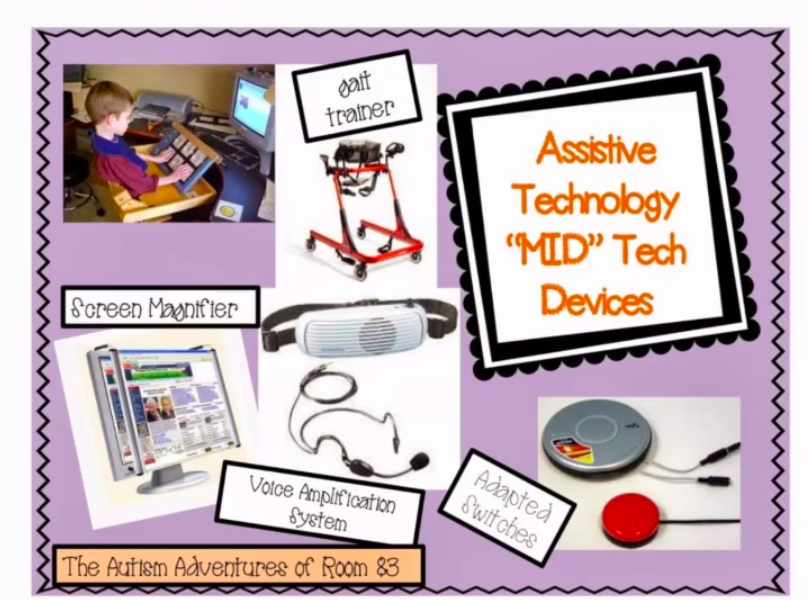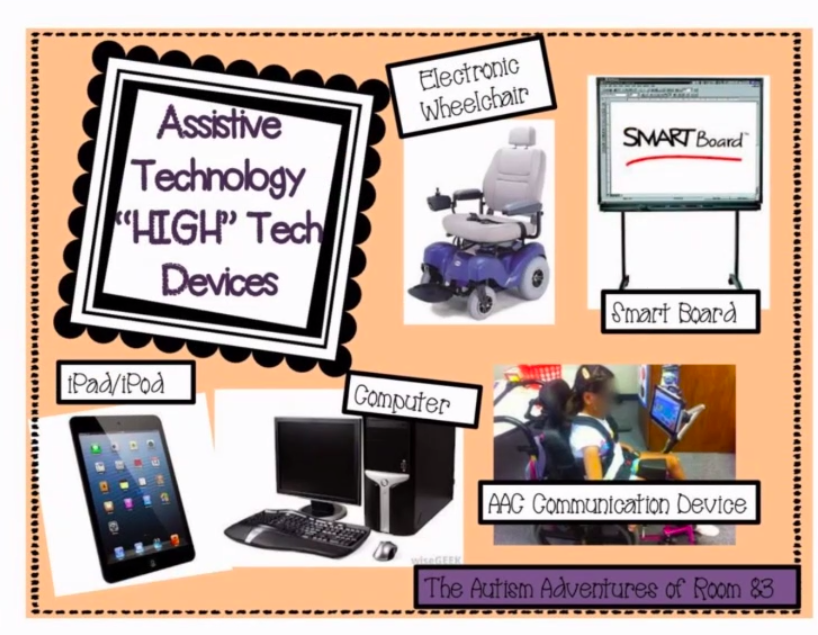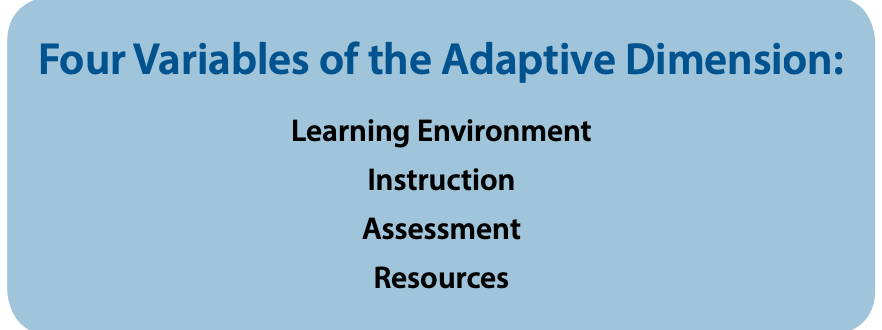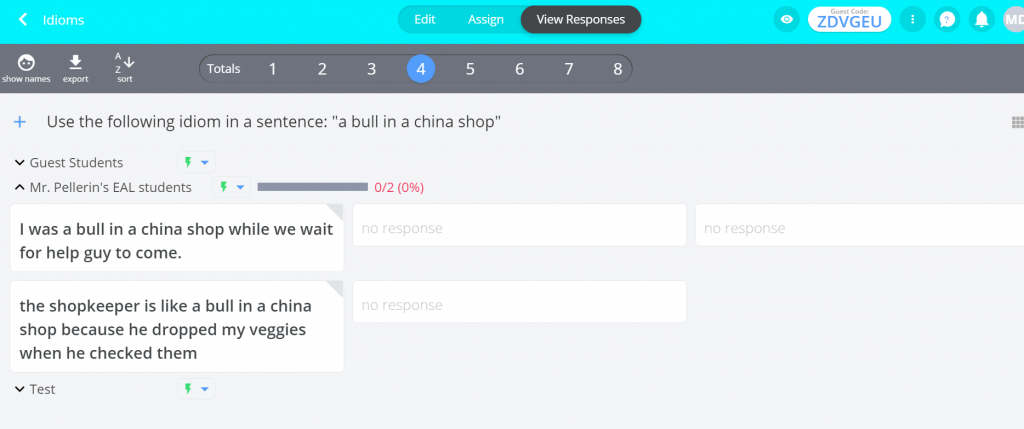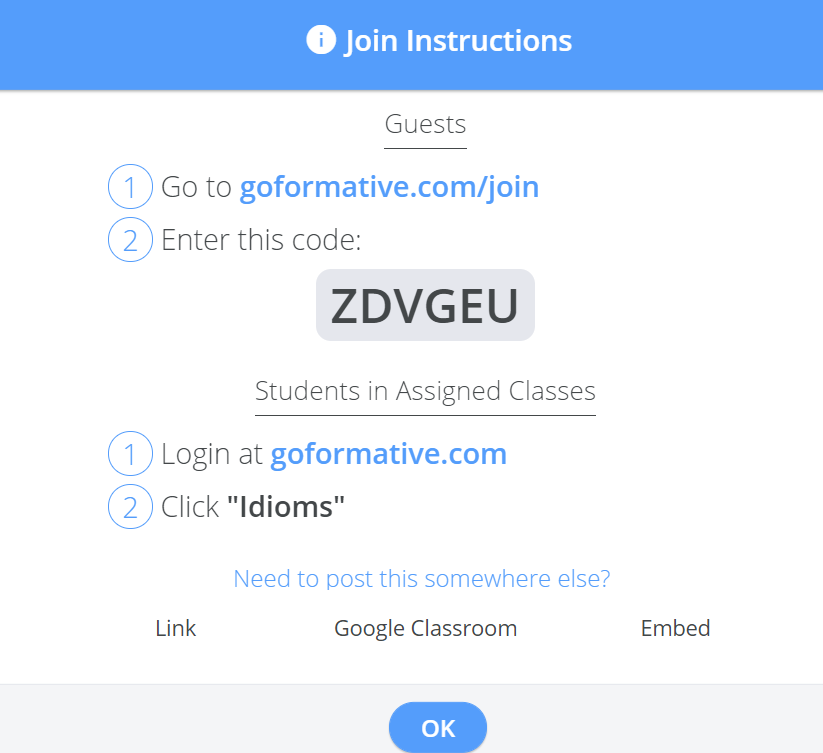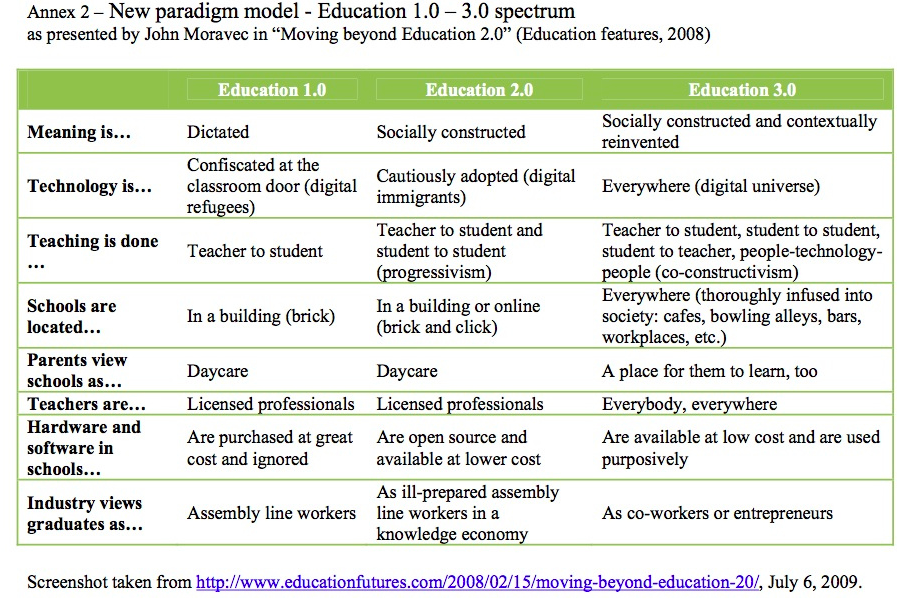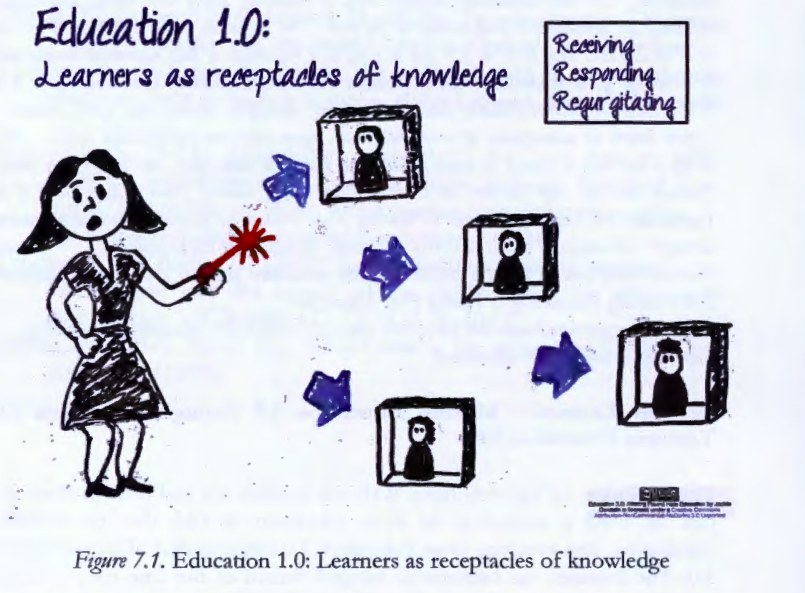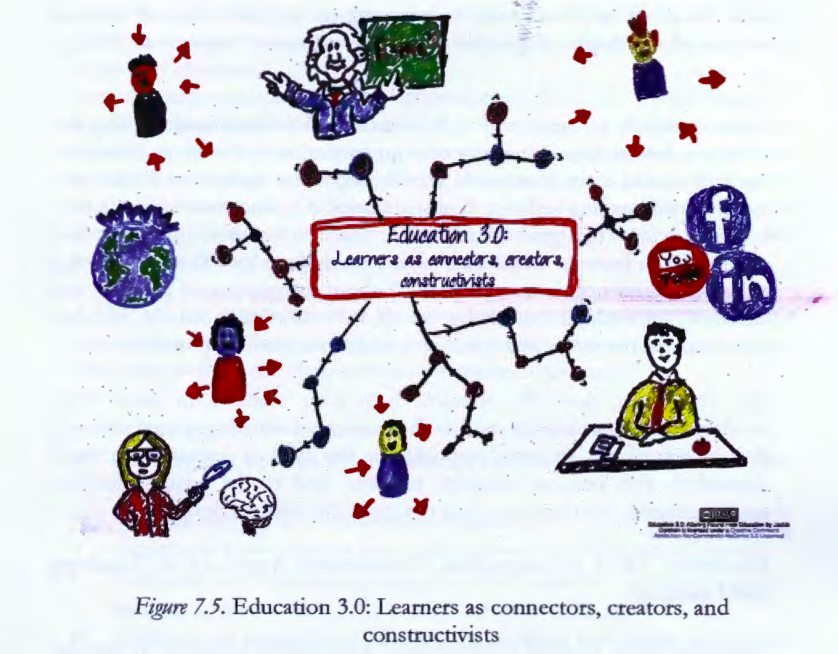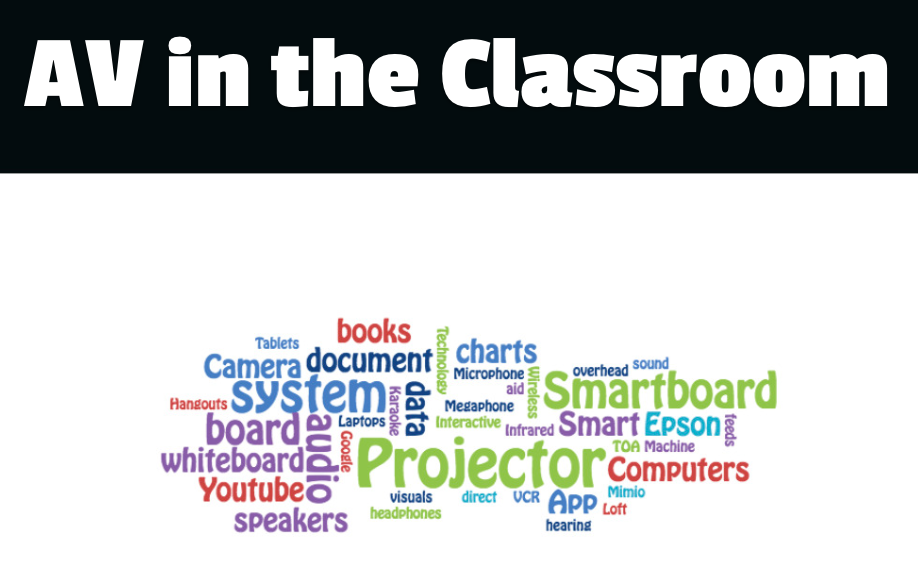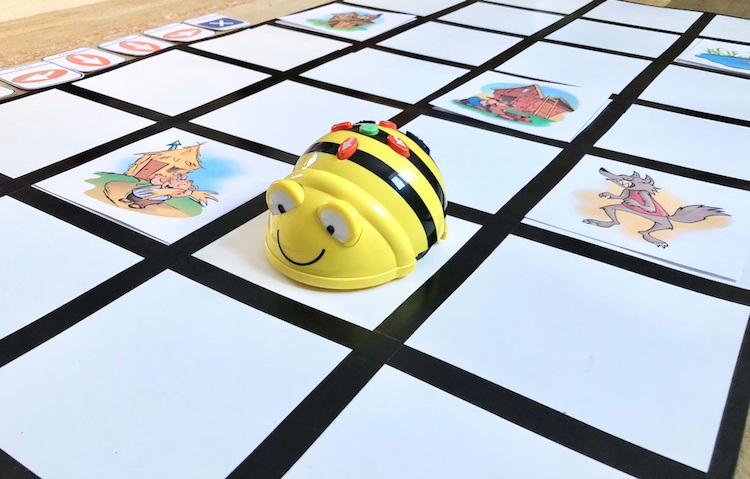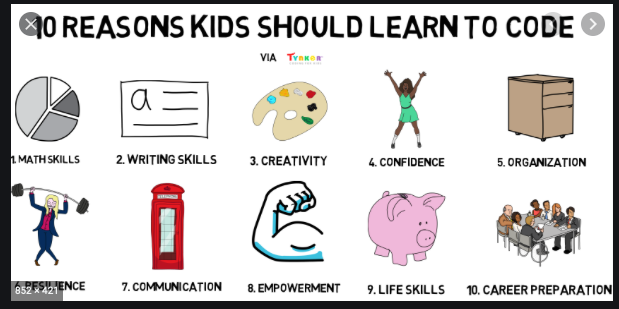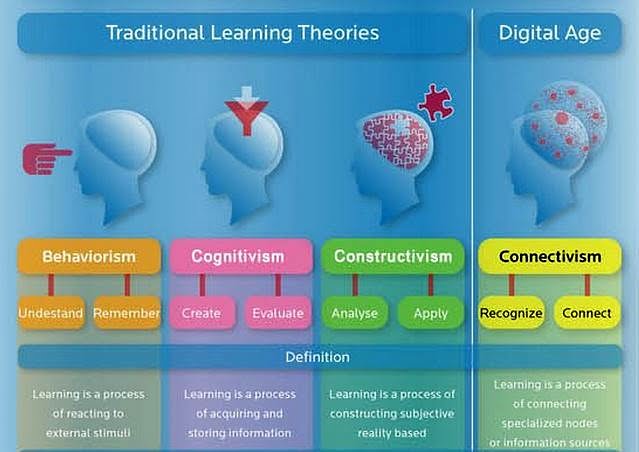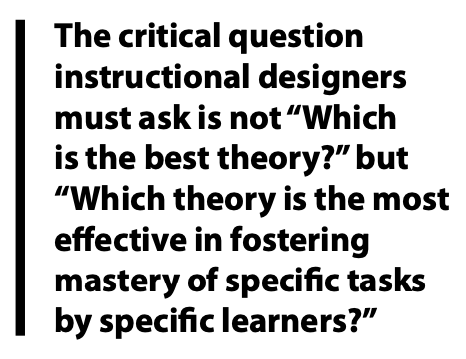Looking back, my journey started almost five years ago, in January of 2016. I started working as an EAL teacher in the fall of 2015, and even though I had completed the Education Program twice ( once in Europe and once in Canada), and I had the experience of learning foreign languages, I still had the urge to learn more in this field. So, I applied for the Masters Certificate Program in TESOL with the goal of becoming a better EAL teacher. It was a great experience but I had to write a LOT of papers. After completing the program, I was thinking of continuing my studies but it seemed that my only option was the Masters Program in Curriculum and Instruction, meaning more papers… When someone mentioned to me the Masters Certificate Program in Educational Technology, I immediately knew this was what I wanted, this was what I needed. Although the name of the program sounded scary because of the lack my experience and knowledge in this field, I pushed myself through the application process and after being accepted there was no turning back.
Was it easy? If you ask my children, they would probably say “Thank God, you’re done!” I cannot describe the guilt that I felt throughout the years for the many hours I had to miss out on. I hope that them seeing me pushing through these past five years and learning new things that even they can benefit from, will teach them to fight for their dreams and never give up. They did such a great job giving me strength to accomplish my goal.
Words cannot describe how thankful I am to my professor Dr. Alec Couros for being my GUIDE through my journey in the world of Educational Technology. The patience, understanding and support he provided truly helped me through this steep learning curve. Thank you Alec for believing in me and sharing your knowledge and expertise in such a unique way. What I find the most amazing is the connections you were able to build with your students and within your class. Instead of preaching about Educational Technology, you immersed us in it. I had the experience to not only learn, but try out so many amazing tools. I feel confident that I can incorporate ed. tech into my teaching in a purposeful way now. Being part of an amazing PLN also gives a great sense of belonging and support.
This semester was very unique since I had the privilege to work with Curtis and Dean on our project on Makerspaces and Coding. Thanks to them, I had the opportunity to meet and learn from Dr. Bryan Sanders, the Codebreaker Brian Aspinall and our amazing colleague, Megan Moore. During our project, the idea of creating a Minecraft world with EAL students came up. Since I had absolutely no experience with Minecraft Education Edition, I couldn’t even imagine how coding could become part of language learning. When Dean’s student, Nico demonstrated how things can come to life in Minecraft, I started seeing the potential in it. So, I asked Dean if he’d like to work on the Summary of Learning with me? He graciously offered to help me learn about Minecraft Education Edition and we used it to create our final project. Under the Summary of Learning Wakelet Collection you can take a peak at our EC&I 833 Island in Minecraft that has several huts, each hut representing a topic covered in class. We also included the information found on the boards in each hut, as well as links to our blog posts. Since Twitter played an important role in our learning journey, we added tweets from our team members as well. It was absolutely amazing to work on this project with Dean. He is a true mentor!
It is hard to say goodbye but I feel I learnt so much, I need some time to think things through and take everything that I learnt to the next level. I am looking forward to continue learning from all of you in the future.
I would like to say thank you with a song called “Rainbow” that I learnt recently. Learning how to play the piano was my childhood dream and one of Alec’s previous classes made that dream come true. I had to learn something new, and I picked the piano. This actually became part of our lives since both of my children and I are learning. Of course they are more advanced than me….
Thank you for being part of my amazing journey!
Melinda


